Thanksgiving used to arrive with a quiet script everyone understood without being told. Clothes were pressed, voices dropped a little at the table, and small rituals gave the meal a sense of ceremony. Now the holiday often feels looser and more improvised, with comfort winning out over formality. At the same time, many people still feel that tug toward something more intentional. Looking at the etiquette rules that have faded does more than stir nostalgia. It reveals how families balance tradition, convenience, and genuine connection in a noisy, distracted era.
Dressing Up For Dinner
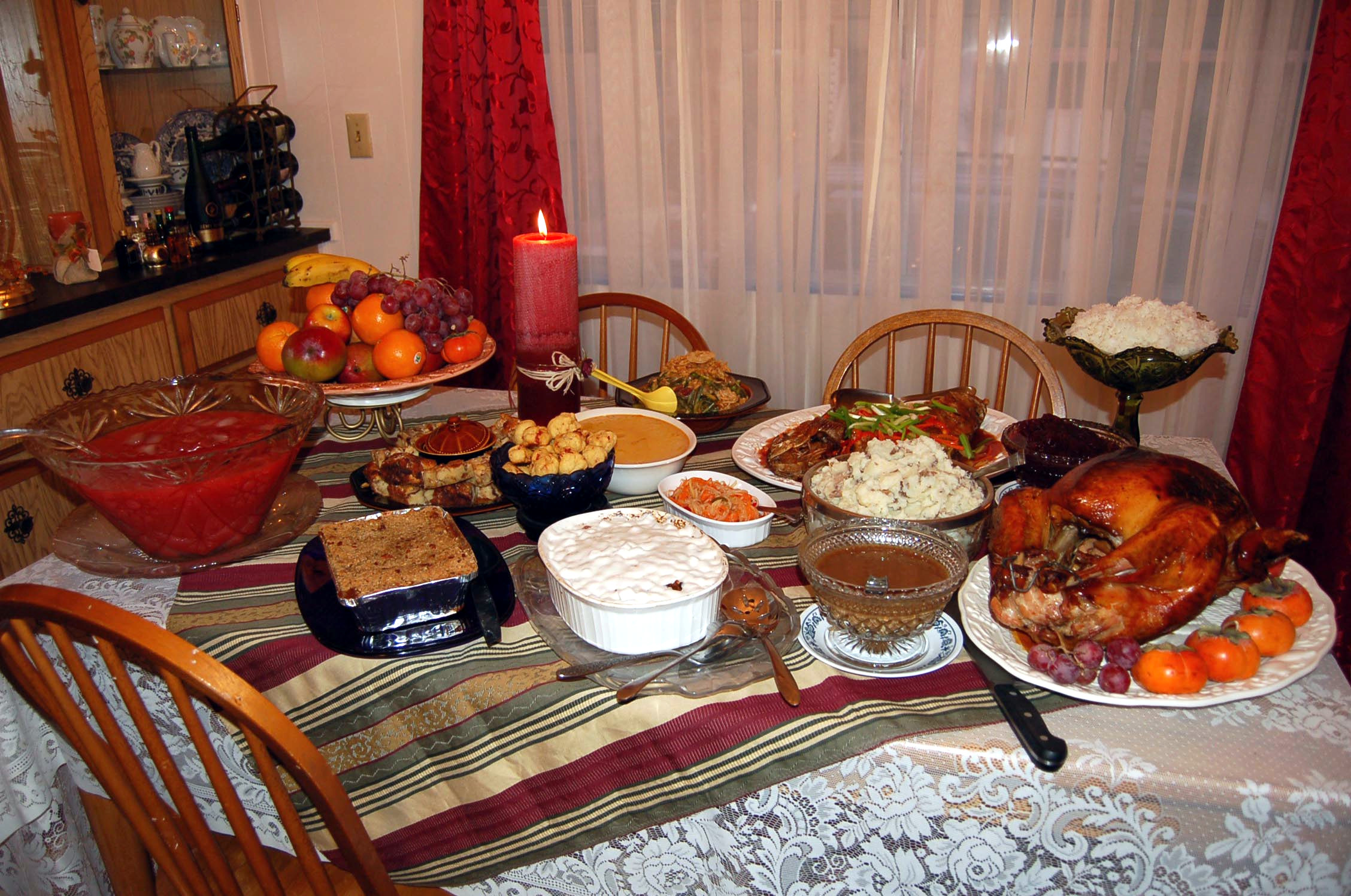
For earlier generations, Thanksgiving dinner felt almost like a family banquet, with pressed shirts, polished shoes, and dresses saved for church. Dressing up marked the day as rare and important, a small performance of respect for the host and the occasion. Now stretchy waistbands, jerseys, and leggings usually win. Photos look more relaxed, and guests can breathe easier, but the quiet thrill of seeing everyone transformed for a single meal has mostly slipped away into memory.
No Elbows On The Table
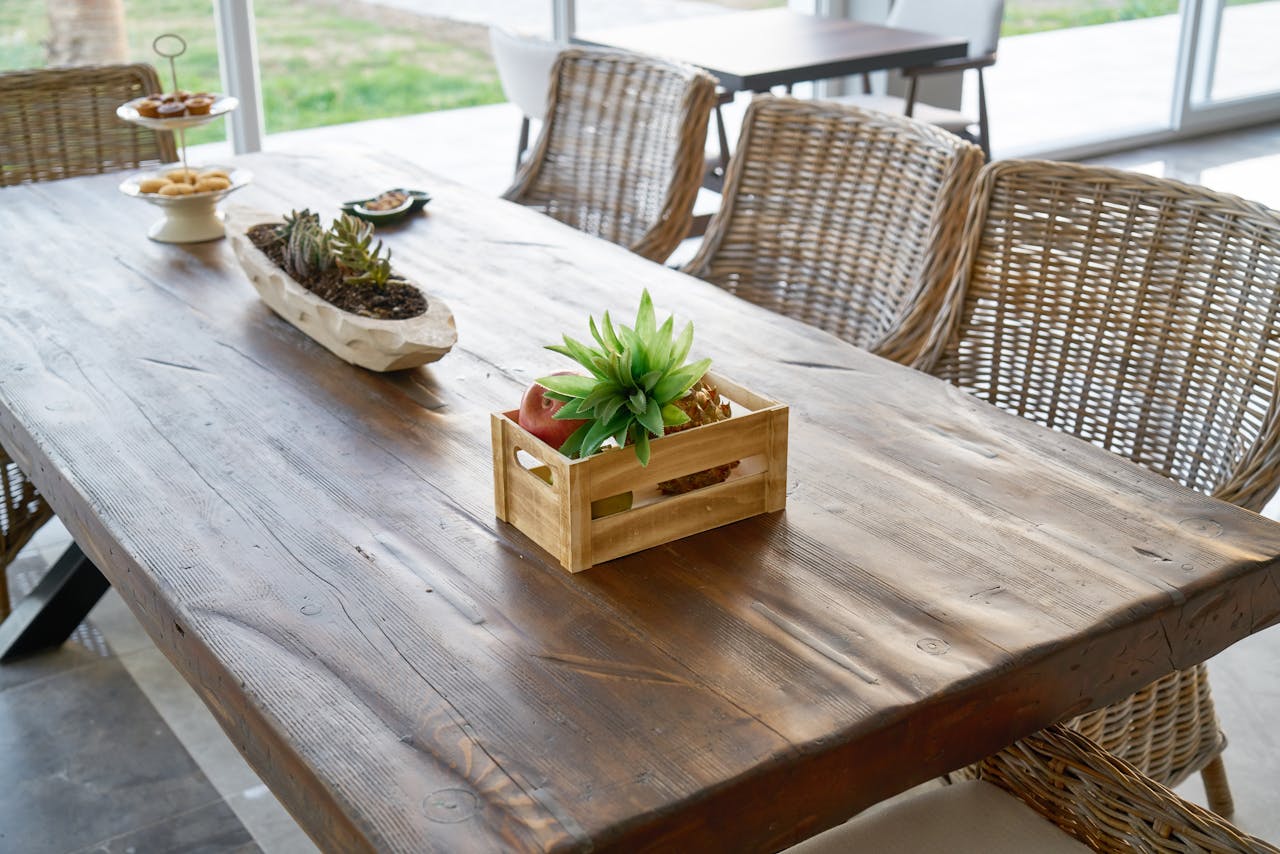
The command to keep elbows off the table once landed as firmly as the serving dishes. Parents treated posture as part of good character, not just dining-room decorum. The rule kept crowded tables from feeling territorial and nudged children toward patience and self control. Now arms sprawl beside plates while people scroll, lean in, and rest between bites. Most adults quietly decide that keeping conversation going matters more than policing every slipped elbow during a long holiday meal.
Asking To Be Excused
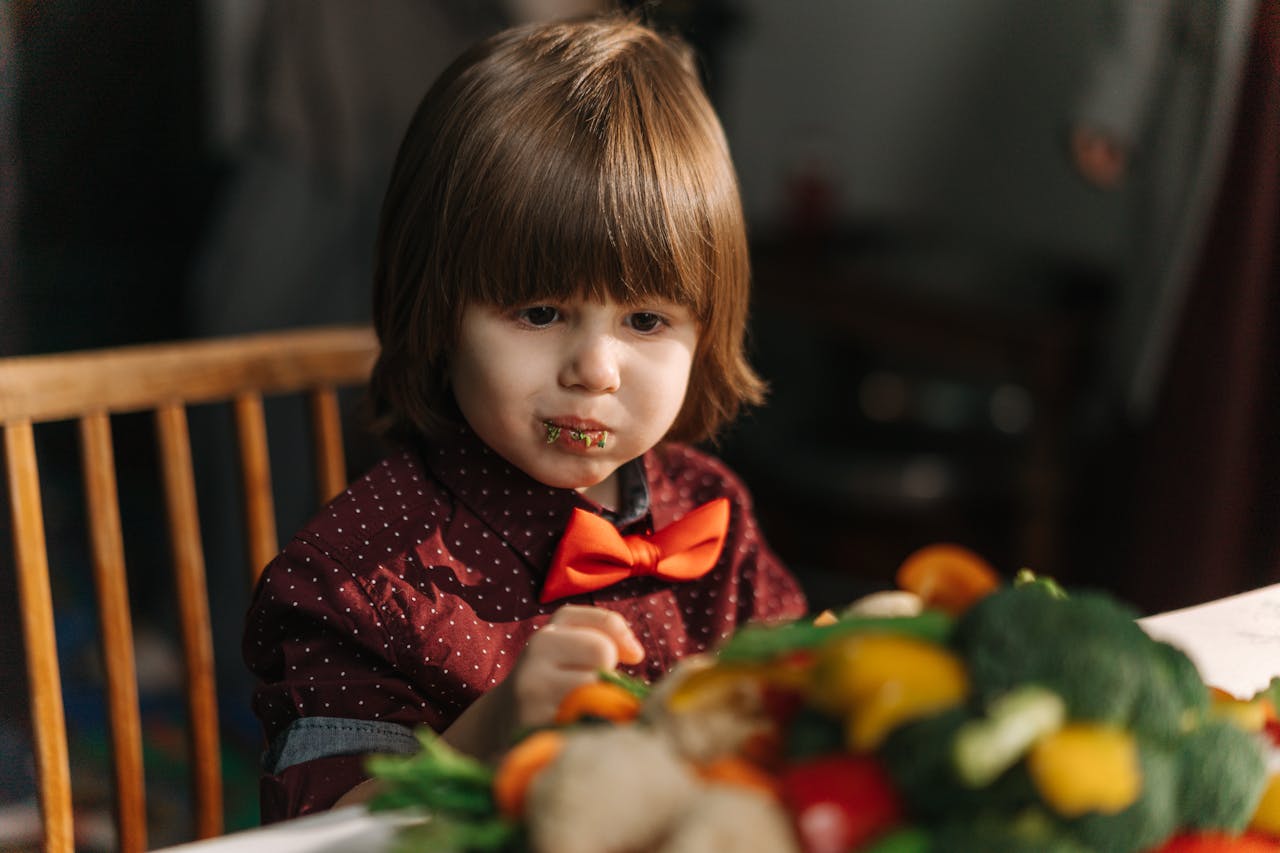
Once, children were expected to stay seated until the last person finished eating, then ask to be excused in a clear, polite voice. That small ritual reinforced the idea that the meal belonged to everyone, not just whoever finished first. Today chairs scrape back as soon as plates empty or phones buzz. People wander to the kitchen, the couch, or the yard without ceremony, and the table loses that shared closing moment that once tied the course together.
Using The Good Silverware
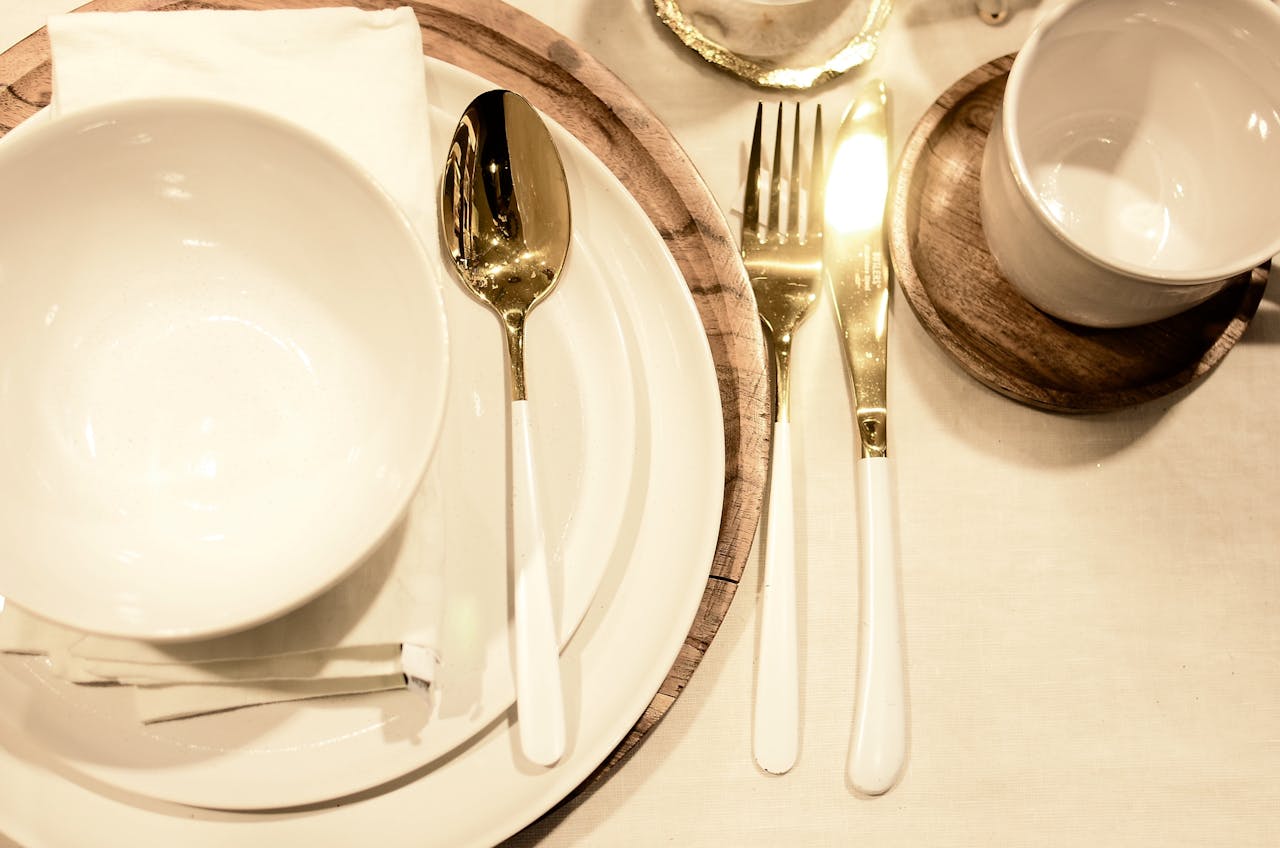
Unpacking good china and silver once felt like opening a family time capsule. Each serving dish carried stories about weddings, inheritances, and saving over years. Hosts polished, laid everything out, and treated Thanksgiving as the one day those treasures earned their place. Now everyday plates, mismatched forks, and dishwasher safe bowls dominate. The food still comforts, but the ritual of handling fragile objects has been replaced by the equally strong urge to make cleanup painless.
Kids At The Separate Table
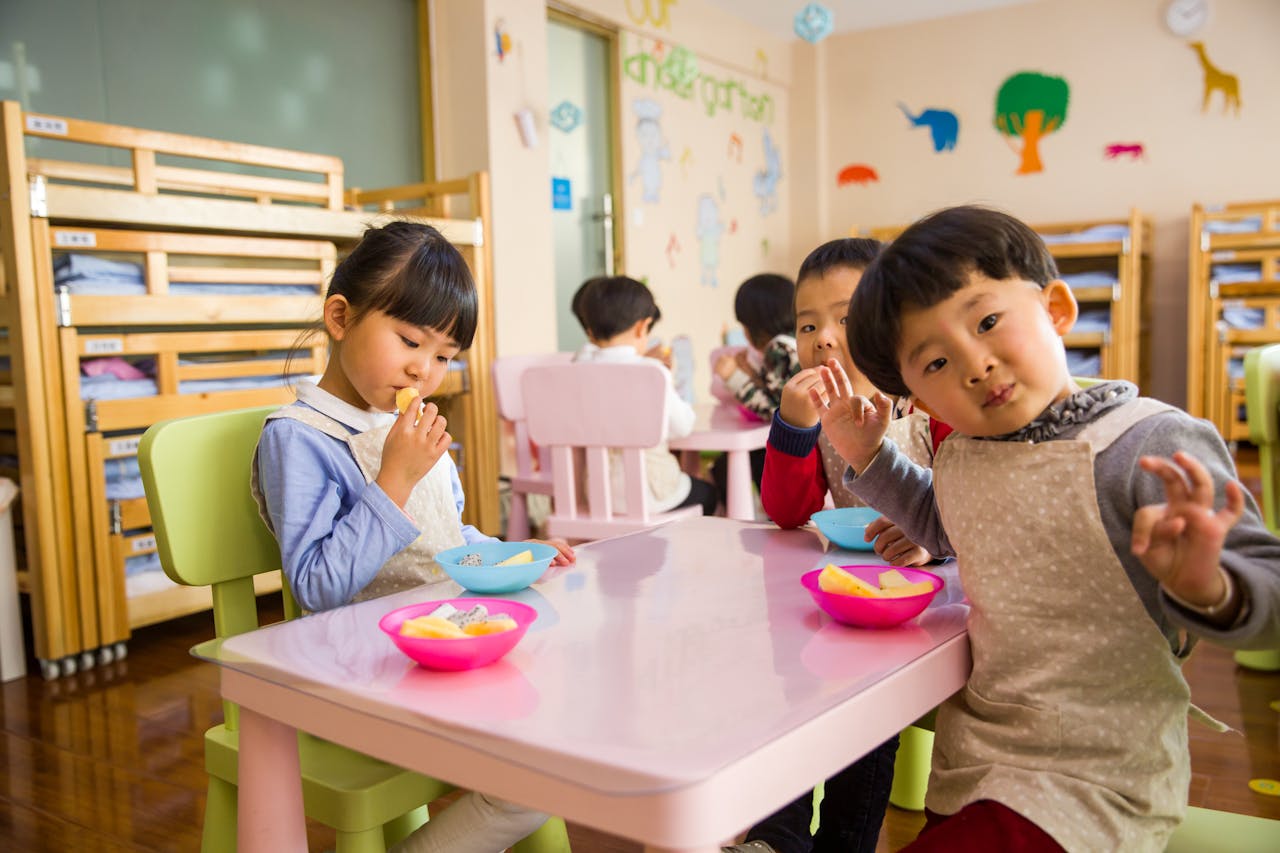
The kids table used to be a Thanksgiving fixture, often a wobbly card table with short chairs and loud laughter in the corner. Adults claimed the main space for slower conversations, while children built their own world of whispered jokes and dinner-roll trades. Today many families pull everyone into one long table or let children drift between bites and play. Inclusion feels kinder, but that rite of passage from kids table to adult side rarely exists anymore.
Calling Grandparents Before Dessert
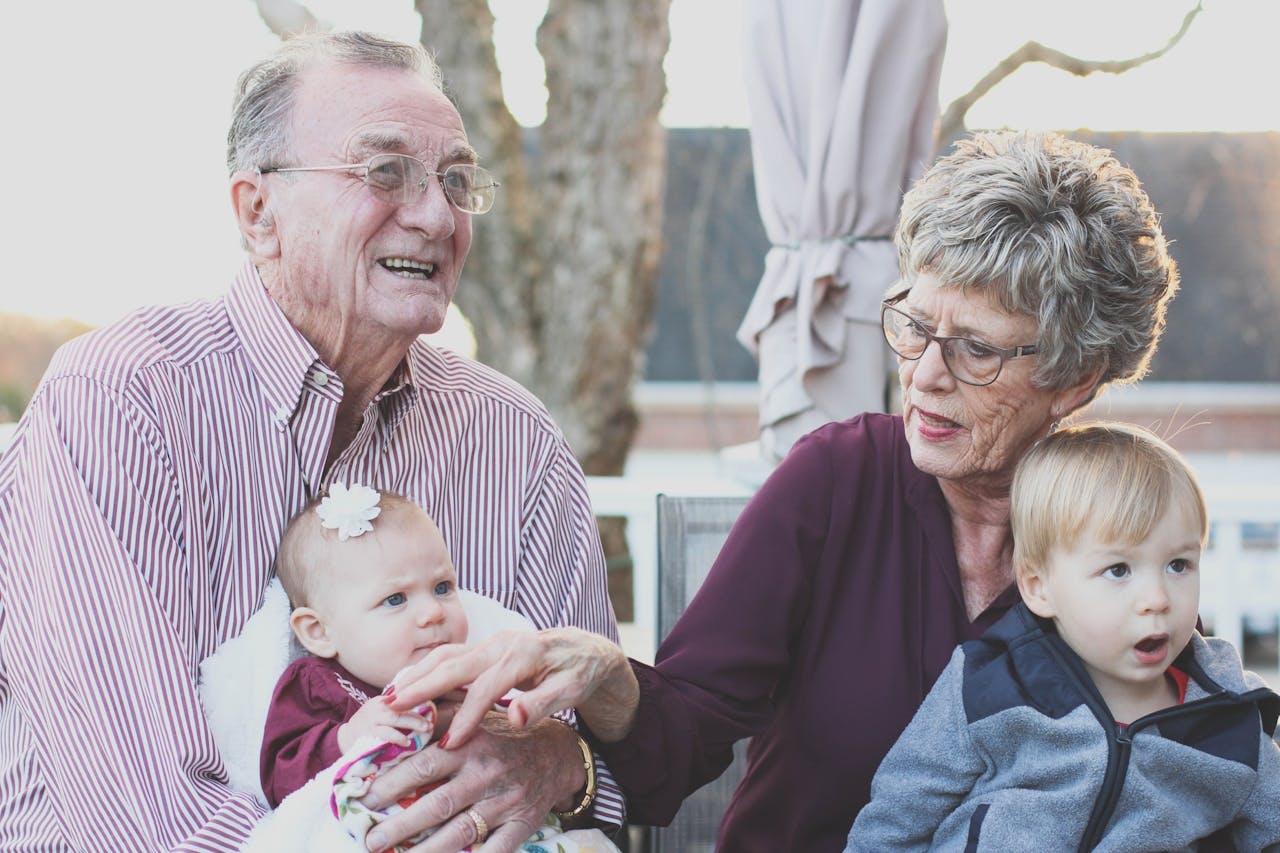
In many homes it was once non negotiable to call grandparents before dessert left the kitchen. That brief check in carried updates, thanks, and the reassurance that distant elders still sat near the center of family life. Now group texts, quick photos, and social media posts scatter contact throughout the day or replace it outright. The intention to honor older relatives remains, but the focused, almost ceremonial phone call often disappears under background noise.
Bringing A Dish From Home, Not The Store

Arriving with a homemade casserole or pie in a favorite dish once felt like an unspoken test of pride and care. Recipes traveled from handwritten cards, and the pan itself often had a story about who owned it first and when it was gifted. Today many guests swing by a bakery or grocery, placing plastic lids and foil pans directly on the table. The food still fills everyone up, but the sense of trading recipes and heirloom dishes grows thinner each year.
Avoiding Politics And Religion
Old school etiquette treated politics and religion like live wires best kept far from the gravy boat. Hosts steered talk toward school, work, and light family memories, believing harmony mattered more than winning arguments. In many households now, big issues sit down right beside the mashed potatoes. Debates flare, alliances form, and quiet relatives retreat to the kitchen. Some still enforce the old rule, but more gatherings accept tension as the price of honest conversation.
Letting The Eldest Carve The Turkey
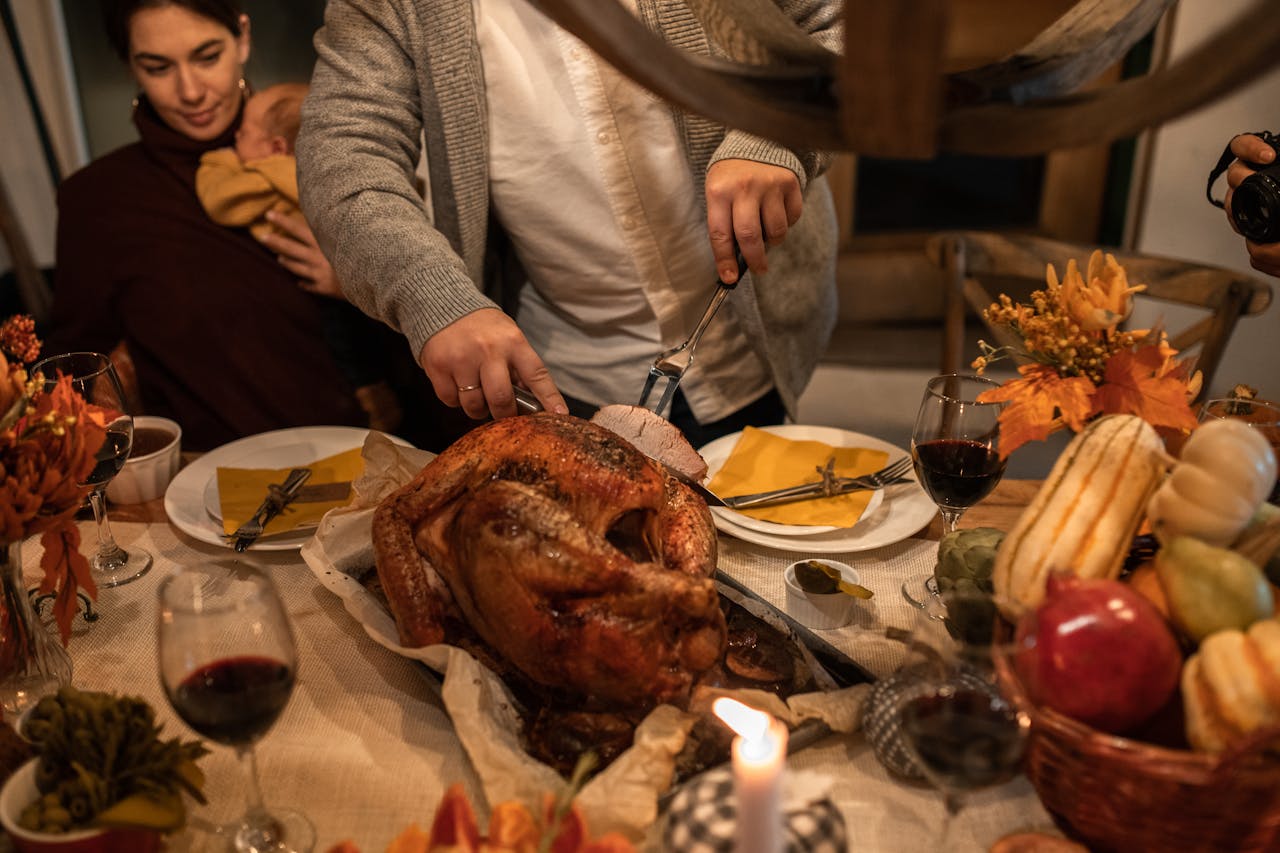
Handing the carving knife to the eldest relative once turned a practical task into a tiny ceremony of respect. Cameras came out, everyone paused, and a lifetime of hosting and sacrifice received a small, public nod. Now the job usually lands with whoever feels fastest, strongest, or most confident with a sharp blade. Plates reach the table sooner, but the moment when age and experience stood briefly at the center of attention has largely faded.
Setting A Formal Table
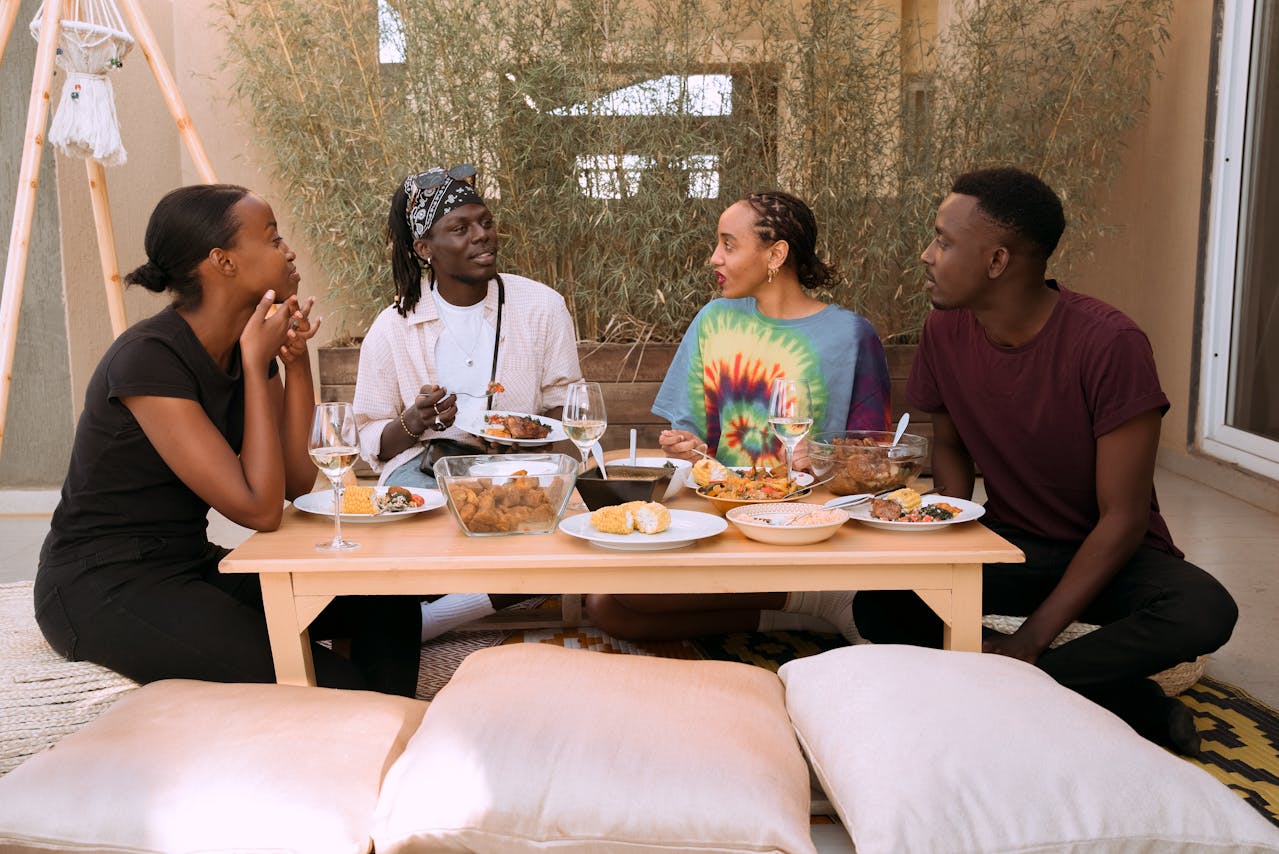
Formal Thanksgiving tables once gleamed with cloth linens, napkin rings, polished glasses, and carefully spaced flatware. Hosts spent days ironing, folding, and adjusting centerpieces until the room looked ready for a magazine spread. Now practicality wins in many homes. Paper napkins, simple runners, and whatever glassware is clean make an appearance. Cleaning up is easier and stress drops, but that sense of stepping into a transformed dining room for one night has grown less common.
Toasting The Host And Cook

A formal toast to the host and cook once signaled that the feast was about more than food. Guests stood, lifted glasses, and named the long hours of shopping, chopping, and planning that brought the table to life. Now that moment often gets replaced by quick compliments while people reach for serving spoons and slide into their seats. Gratitude still shows up in hugs and casual praise, but the shared pause where everyone acknowledges the work at once is rare.
Respectfully Waiting For Grace
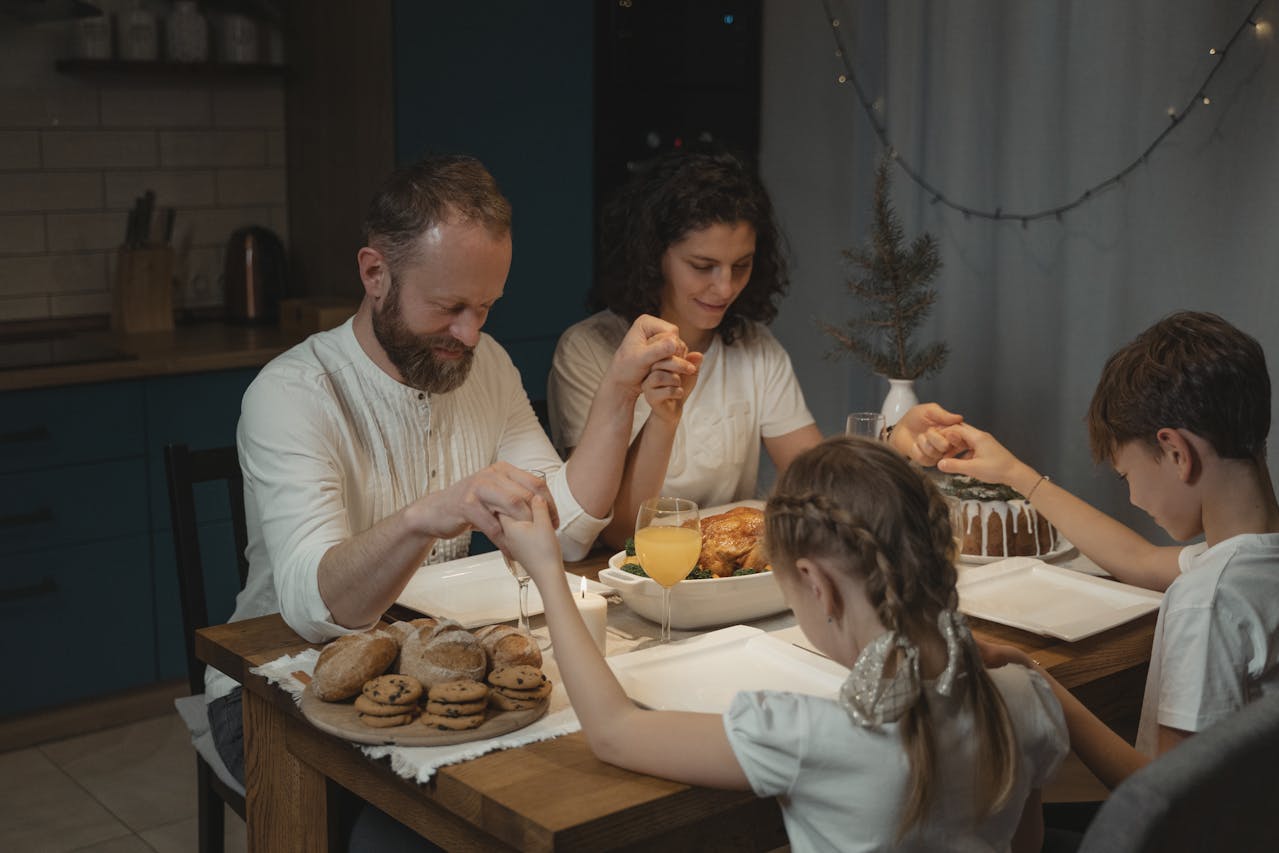
In many families, Thanksgiving once began with bowed heads, a spoken prayer, or at least a moment of quiet before anyone picked up a fork. That pause framed the meal as a gift and linked the food to something larger than appetite. Today grace is just as likely to be silent, shortened, or skipped altogether as dishes arrive. The first sound is often clinking cutlery rather than shared stillness, even in homes where faith once shaped every holiday.
Sharing What Everyone Is Thankful For
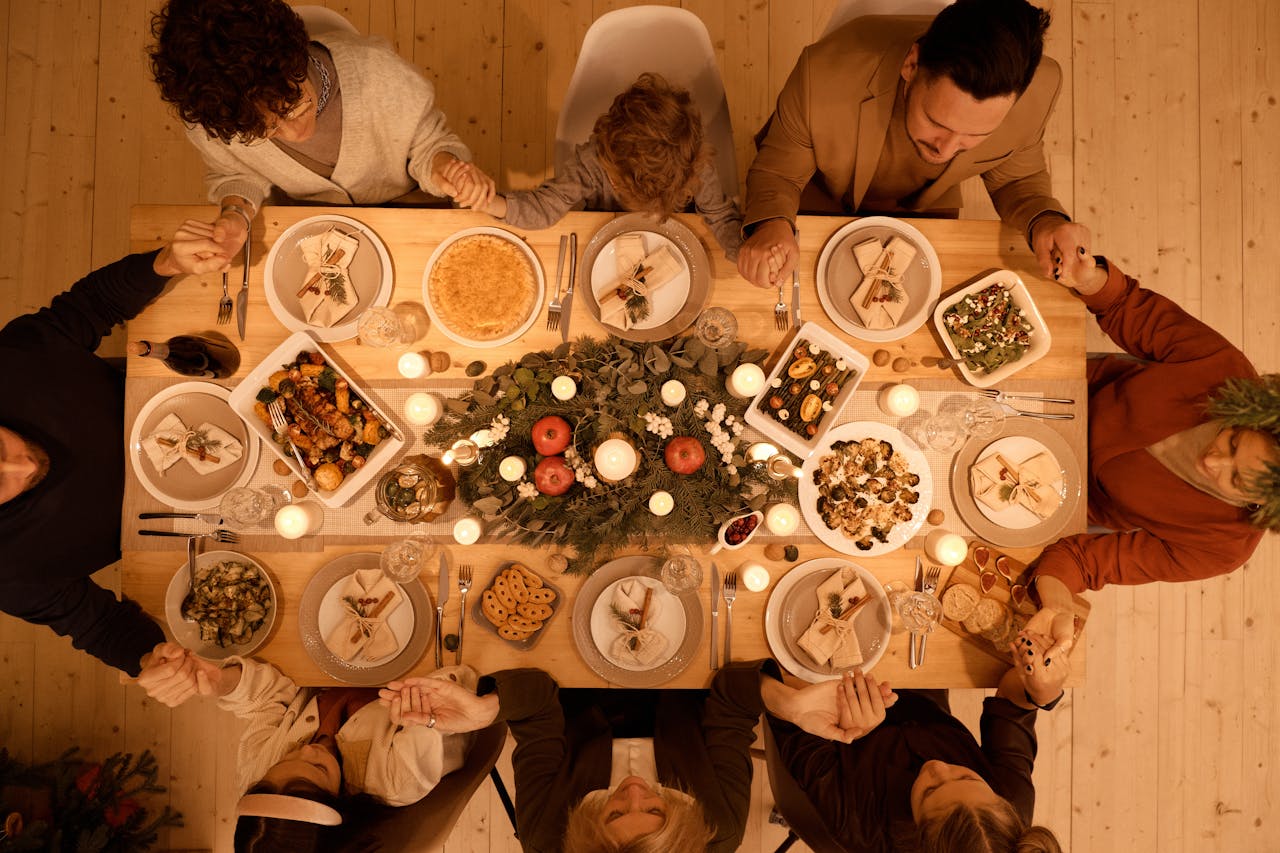
Going around the table to share one thing to be thankful for once felt as central as carving the turkey. The ritual slowed everyone down and pulled quiet feelings into the open, turning relatives into storytellers for a minute or two. Today the tradition often loses out to full schedules, sports on television, and noisy rooms. People still feel grateful in private ways, but the chance to say it out loud, while surrounded by family, slips past without that prompt.


